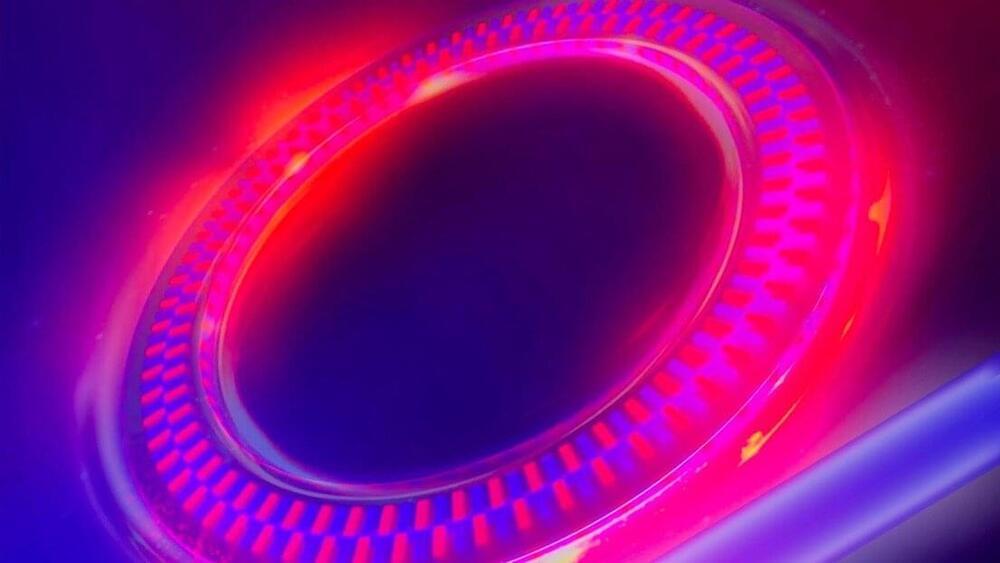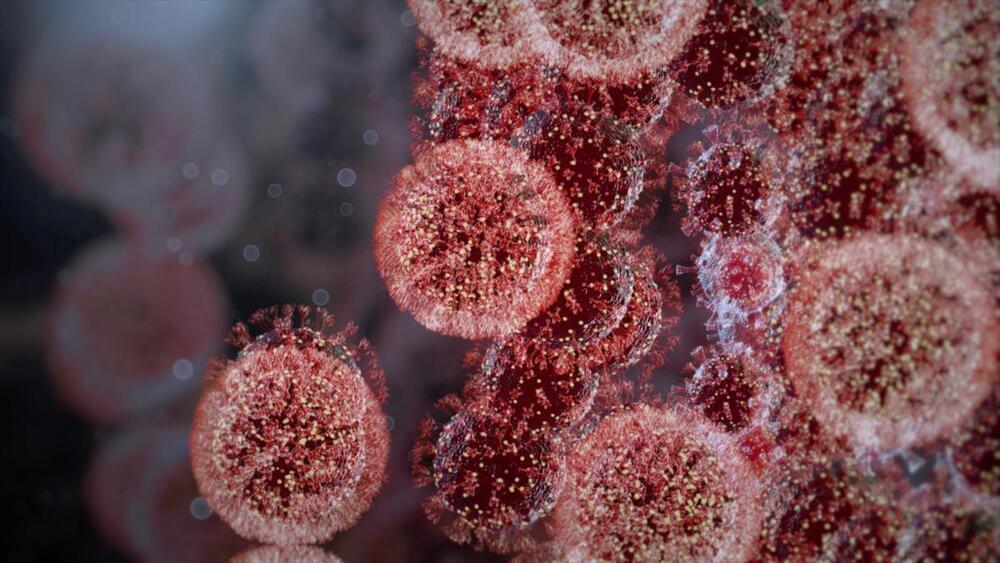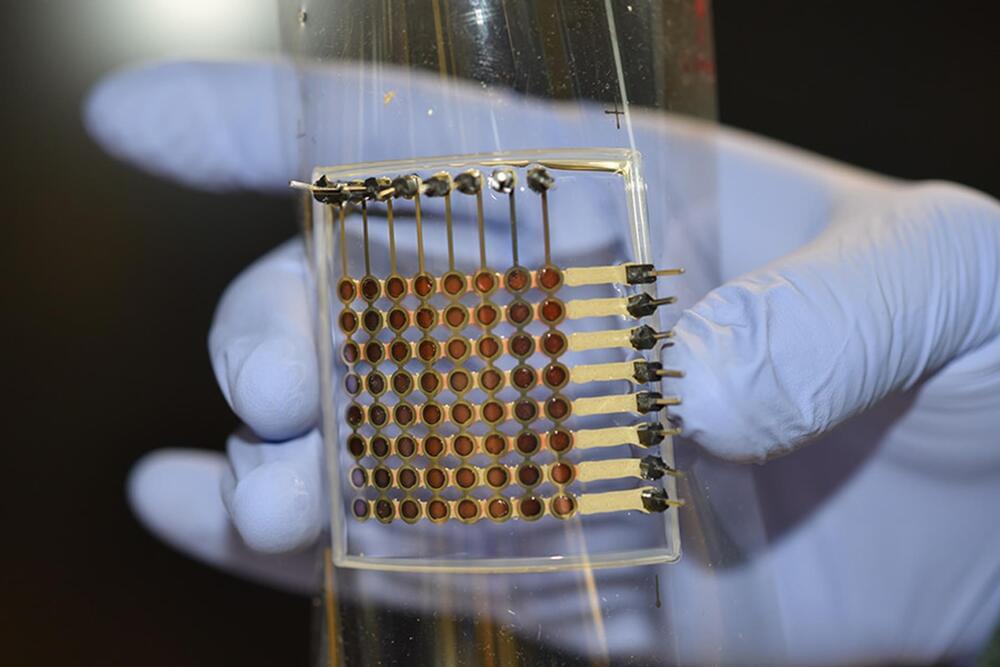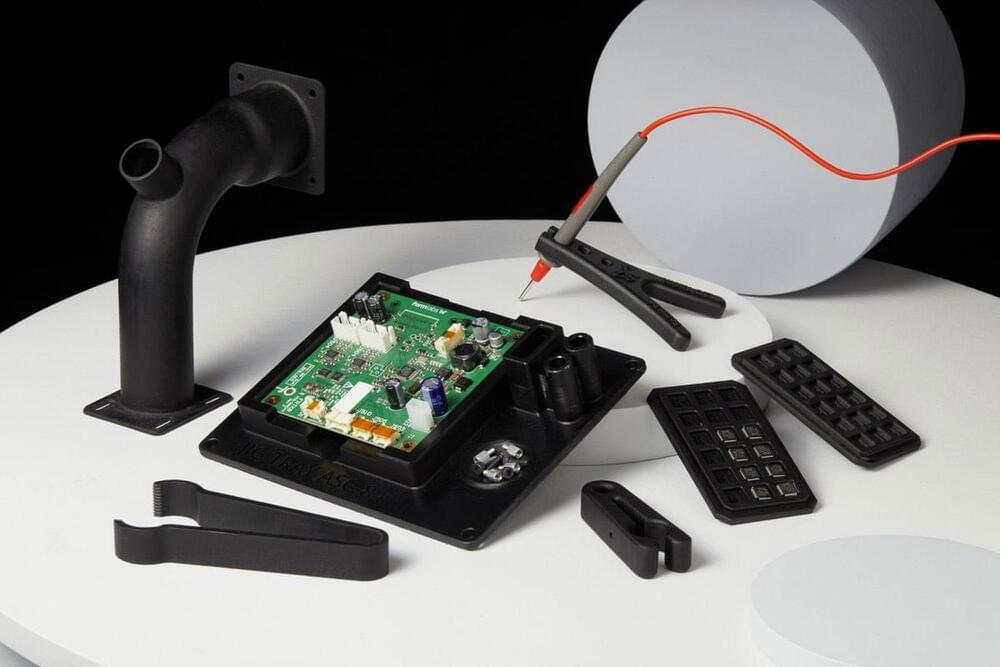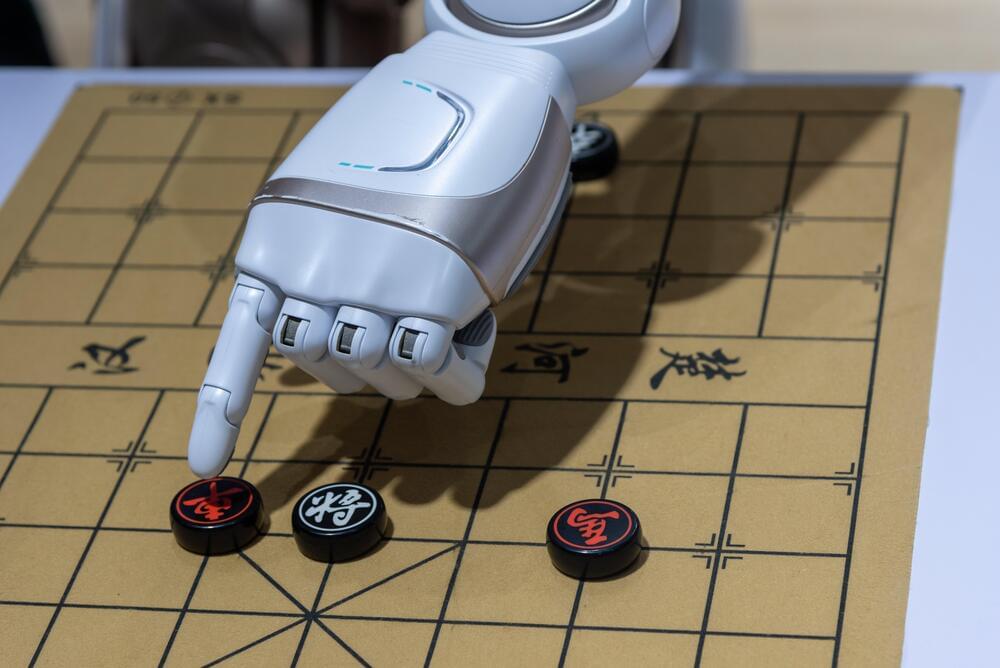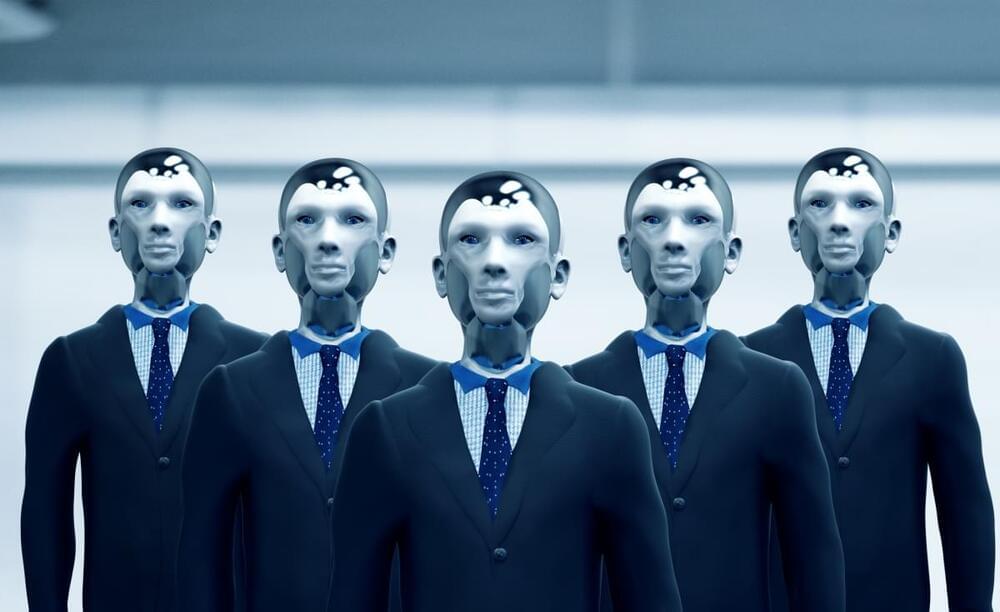Technology is increasingly moving towards miniaturization and energy efficiency. This also applies to electronic chips. Light, and optics more broadly, are functional in making compact and portable chips. Researchers from the Photonic Systems Laboratory, headed by Professor Camille Brès, have successfully applied a novel principle for introducing second-order optical nonlinearity into silicon nitride chips. A first reported in the journal Nature Photonics.
Technology is increasingly moving towards miniaturization and energy efficiency. This also applies to electronic chips. Light, and optics more broadly, are functional in making compact and portable chips. Researchers from the Photonic Systems Laboratory, headed by Professor Camille Brès, have successfully applied a novel principle for introducing second-order optical nonlinearity into silicon nitride chips. A first reported in the journal Nature Photonics.
Different colors of light
“When using a green laser pointer for example, the laser itself is not green because these are particularly difficult to manufacture. So we change the frequency of an existing laser. It emits at a frequency which is half that of green, then we double it by using nonlinearity in a crystal which gives us green. Our study consists of integrating this functionality but on chips that can be manufactured with standard techniques developed for electronics (CMOS). Thanks to this, we will be able to efficiently generate different colors of light on a chip,” explains Camille Brès. The demonstrated approach had never been implemented before. Current photonic chips compatible with CMOS processes use standard photonic materials, such as silicon, which do not possess second-order nonlinearity and therefore are not inherently capable of transforming light in this way. “This turns out to be a barrier to the advancement of technology,” adds the professor.
Apple was hit with a wave of criticism earlier this year when it announced plans to scan iPhones to stop the distribution of Child Sexual Abuse Material (CSAM). Critics fretted that Apple’s hash-checking system could be co-opted by governments to spy on law-abiding iPhone users. In response to the backlash, Apple might end up making changes to that program, but Google has its own way of spotting CSAM, and it might be even more intrusive for those who use all of Google’s cloud services.
The specifics on Google’s CSAM scanning come by way of a warrant issued in early 2020 and spotted by Forbes. According to the filing, Google detected CSAM in Google Drive, its cloud storage platform. And here’s where things get a little weird; the warrant stemming from this report targeted digital artwork, not a photo or video depicting child abuse.
Apple’s system under its “Expanded Protections for Children” banner uses hashes for known child abuse materials, scanning iDevices for matching hashes. This should prevent false positives and it doesn’t require Apple to look at any of the files on your phone. The issue cited most often with this approach is that Apple is still scanning your personal files on your smartphone, and it could be a privacy nightmare if someone manages to substitute different hashes. Apple says this isn’t possible, though.
Real-estate transactions in the metaverse are reaching record highs. We spoke with companies investing in digital real estate to understand the economic model, and why investors are spending millions on virtual property. Photo: Republic Realm.
More from the Wall Street Journal:
Visit WSJ.com: http://www.wsj.com.
Visit the WSJ Video Center: https://wsj.com/video.
On Facebook: https://www.facebook.com/pg/wsj/videos/
On Twitter: https://twitter.com/WSJ
On Snapchat: https://on.wsj.com/2ratjSM
#Metaverse #RealEstate #WSJ
You might not have to send your devices in (or buy replacement parts) if the display breaks — you could just make new screens yourself. University of Minnesota Twin Cities researchers have developed what they say is the first fully 3D-printed flexible OLED display. In theory, you wouldn’t have to depend on panels made at large, distant factories to build or repair your gadgets.
The new approach combines two methods of 3D printing to print the six layers needed for a functional display. The team used extrusion printing to make the electrodes, encapsulation, insulation and interconnects, while active layers were spray-painted at room temperature. Past attempts by various teams either had issues with light uniformity (consistency across the whole panel) or relied on techniques beyond 3D printing to put some components in place, such as spin-coating or thermal evaporation.
The prototype was just 1.5 inches wide and used just 64 pixels. Any practical uses would require much higher resolutions (a 1080p display requires over 2 million pixels), and the scientists also want to improve brightness. It might also take a while to adapt the technology for home use. The university used a custom 3D printer that costs as much as a Tesla Model S — it might take a while for the method to be viable on off-the-shelf printers, even including high-end models like FormLabs’ $4,850 3B+.
Formlabs, one of the few companies to turn 3D printing into a useful, real-world tool, is here at CES to show off two new printers. The Form 3+ and 3B+ are updates to the models it launched in 2019, with these units described as its “fastest 3D printers to date.”
New for 2022 include higher-intensity lasers, new material settings and faster, more durable hardware, with a promise of 40 percent faster prints. It also comes with the Build Platform 2, an updated deck for manufacturing that makes it easier to remove prints when they’re done.
At the same time, the company is showing off ESD Resin, enabling you to build components that dissipate electrostatic discharges. This should, Formlabs hopes, open up new opportunities for prints that can be used inside the electronics industry and other high-tech operations.
The ultimate mobile CPU.
Yesterday Romanian tech review site Lab 501 put up one of the world’s first reviews of Intel’s new mobile Core i9-12900HK (Alder Lake) processor. Packing Intel’s all-new hybrid core microarchitecture, the CPU has managed to beat AMD’s desktop Ryzen Threadripper 1950X in Cinebench R20.
The Core i9-12900HK will be Intel’s new flagship mobile part for the 12th Generation Core series. With specs including six P-cores and eight E-cores, 24MB of L3 cache, and a maximum frequency of 5 GHz, it’s a serious upgrade from Intel’s 11th Generation mobile parts on paper.
How A.I. is set to evolve in 2022
Posted in robotics/AI
Areas like deep learning and large language models are set to be high on the AI research agenda this year.
This article was contributed by Valerias Bangert, strategy and innovation consultant, founder of three media outlets, and published author.
AI job automation: The debate
The debate around whether AI will automate jobs away is heating up. AI critics claim that these statistical models lack the creativity and intuition of human workers and that they are thus doomed to specific, repetitive tasks. However, this pessimism fundamentally underestimates the power of AI. While AI job automation has already replaced around 400,000 factory jobs in the U.S. from 1990 to 2007, with another 2 million on the way, AI today is automating the economy in a much more subtle way.

